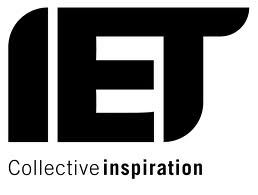You never quite know when an unusual application will present an interesting motion control challenge. The other day I had a visit from a man who had been commissioned by an artist to create a machine that transfers hand drawing on an iPad into an engraved design on glass. Something like a digital pantograph. It sounds quite straightforward when you put it like that but the devil, as always, is in the detail.
My challenge was to create the software that would link the programme output from the iPad to the control of the engraving machine. The starting point is a series of mathematical equations that represent lines drawn by finger on the iPad. So far so good. Unfortunately these are only ‘dot to dot’ data and their output would be no better than a child’s join the dots picture
They carry no qualitative information such as speed and therefore acceleration and deceleration, whether straight or curved, thickness or weight. Calculations also have to reflect movement that is not on screen or glass where the point moves from the finish of one line to the start of another. A system of interpretation has to be constructed to translate these factors into instructions that can be passed to an XY axis table similar to a plotter or engraving machine
If one is dealing with a ‘point contact’ like a pencil or pin, calculation is simpler as the shape at point of contact remains the same regardless of the direction of travel. Given that a finger could present a variety of different shapes to the iPad surface depending on how it is applied and the problem takes several leaps in complexity. It is doable, having common issues to control systems for applying adhesive to gaskets or machining irregular shapes, but not as simple as it seems at first sight!
It is one of those juicy puzzles as multi layered as an onion, revealing more questions to be answered at each level. All grist to the Motion control engineers mill.




Follow Tim!